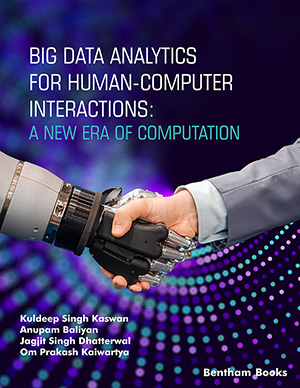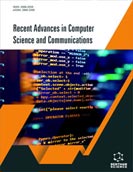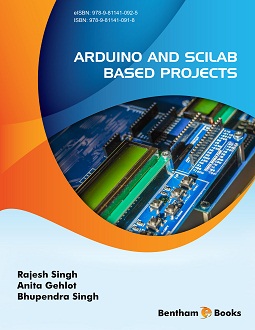Abstract
HCI is creating and developing interactive computer systems in which users
can communicate with each other. It covers both laptops and embedded systems in
various devices. The success of technology comes simply from the user's ease of
interacting with it. The customer will automatically disregard the product or technology
when the interface is wrong or difficult to use. A convenient and easy way of using a
device does not mean that behind such a system is simple technology; a very
sophisticated technology is required to construct it. Functionality and accessibility are
the main principles of HCI. Systems services are customarily called functions.
Functions are commonly referred to as services delivered by a device. Usefulness is
where users simply, correctly, and explicitly use the device's features. Features and
usability could differ between systems. This chapter, “Human-Computer Interface
(HCI)”, deals with man-machine studies or man-machine interaction design, execution
and assessment of computer systems and related phenomena for human use.
Keywords: Closure design dialog, Display design, Human-Computer Interface (HCI), Graphical User Interface (GUI), Information access cost, NLS design, Proximity principle, Perception, Redundancy gain, SAGE, SD-ROM, Top-down processing, Ubiquitous computing, Voice interface data, WIMP configuration.






















